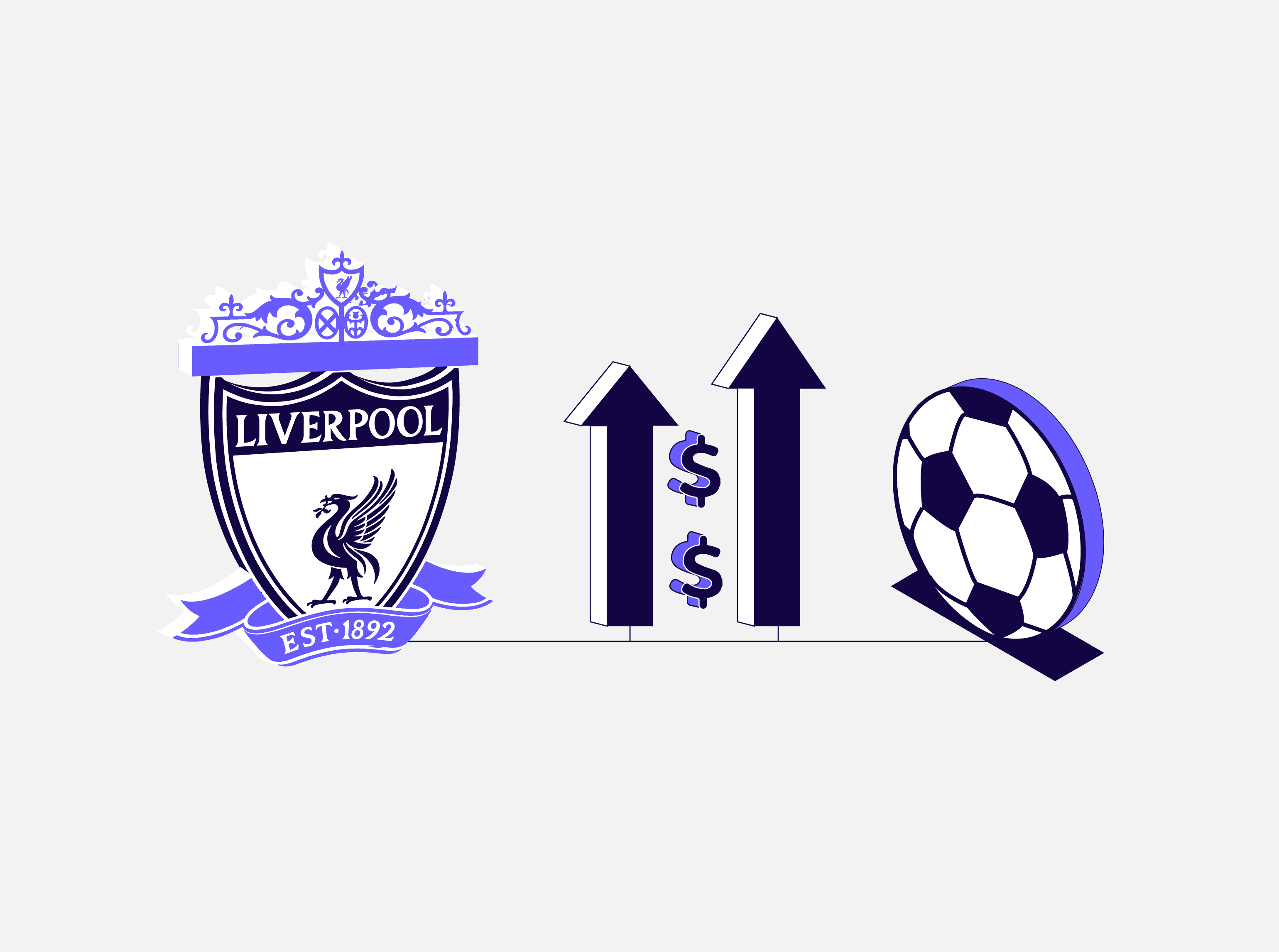Liverpool’s latest Premier League title might light up the scoreboard, but the real momentum is unfolding far from the pitch. Behind the scenes, the club’s transformation into a global asset has made it one of the most compelling case studies in modern sports investing. With a valuation now brushing $6 billion, Liverpool FC is no longer just a football club; it’s a blueprint for how legacy franchises are being reshaped by capital, strategy, and scale.
For investors exploring high-growth alternative assets, the evolution of Liverpool offers something far more valuable than trophies: insight into where the sports investment market is heading next.
The Financial Ascent: From Local Legend to Global Asset
When Fenway Sports Group acquired Liverpool FC in 2010, the club was steeped in history but still finding its financial footing. Fast forward to 2025, and Liverpool is sitting atop a multi-billion-dollar valuation, climbing from a $500 million acquisition to an estimated $6 billion today. That’s almost a 20% compound annual growth rate, fuelled by both silverware and savvy business moves.
Key milestones have included:
Premier League titles in 2020 and 2025
A Champions League win in 2019
Major global sponsorships, including Nike and Standard Chartered
An equity investment from Dynasty Equity in 2023, which valued the club at US$5.3 billion
The result is a revenue multiple of 8–9x, aligning Liverpool with some of the most valuable sports franchises in the world and placing it ahead of benchmark deals like Chelsea’s 2022 sale or Manchester United’s 2012 IPO.
Capital Is Changing the Game
Behind Liverpool’s valuation spike lies a broader trend: the accelerating inflow of institutional capital into elite sports franchises. In 2021, RedBird Capital Partners acquired a 10% stake in Fenway Sports Group for $735 million. The deal brought more than just cash; it introduced new partners, extended global reach, and integrated key figures like LeBron James deeper into the ownership mix.
Across the global football ecosystem, similar transactions are reshaping the investment landscape:
CVC Capital injected €2 billion into La Liga
Saudi Arabia’s Public Investment Fund took over Newcastle United
Qatar Sports Investments deepened its position in PSG
Sir Jim Ratcliffe’s INEOS Group acquired a 25% stake in Manchester United
U.S.-based investors took full control of Chelsea FC at a $3 billion valuation
What these transactions show is that football is now attracting sophisticated, long-horizon investors who see clubs as long-term commercial platforms.
Why Investors Are Flocking to Football
Elite football franchises check all the boxes for investors looking to diversify into resilient, high-upside assets. Here’s why they’re gaining traction:
Scarcity and Demand
There’s a finite number of globally recognised clubs, and ownership opportunities are few and far between. Assets like Liverpool represent decades, if not centuries, of brand building. That kind of heritage can’t be replicated, and buyers are willing to pay a premium for it.
Resilient Revenue Streams
Top-tier clubs generate reliable, multi-channel income. Broadcasting rights, matchday sales, sponsorships, and merchandising provide recurring cash flows that are often secured by long-term contracts. The Premier League’s current media deal, valued at over $2.1 billion per year, provides an enormous base layer of revenue. In Liverpool’s case, blue-chip sponsors and global fan engagement add even more financial stability.
Scalable Global Growth
The future of football lies in its international reach. Clubs are monetising massive overseas audiences through content, e-commerce, and touring. Liverpool’s push into Asia and North America is already paying dividends, with preseason tours and digital memberships converting fans into paying customers. Add in new competitions like UEFA’s expanded Champions League or FIFA’s Club World Cup, and the upside continues to grow.
Strategic Leverage
For many buyers, clubs offer more than a financial return. They provide cultural influence, global visibility, and strategic leverage. Whether it’s national branding for sovereign funds or content synergies for media giants, the potential integrations are substantial. The rise of multi-club ownership structures also opens doors for cost-sharing and cross-promotional strategies.
What's Next: Liverpool and the Future of Franchise Valuation
Liverpool’s position is only getting stronger. The expanded Anfield now hosts over 60,000 fans, raising matchday revenue potential. Commercial revenue continues to rise, backed by a loyal global following and partnerships with industry leaders. The next cycle of media rights could invite bids from global tech and streaming giants, adding yet another dimension to Liverpool’s income model.
FSG, Liverpool’s ownership group, has hinted at welcoming new minority investors. This could open doors for infrastructure projects, next-gen fan engagement platforms, or enhanced scouting and analytics capabilities. As more institutional players enter the space, clubs may increasingly adopt American-style financial structures focused on profitability, media monetisation, and capital efficiency.
Regulatory factors could also play a role. Discussions around financial fair play, salary caps, and independent oversight in English football could reshape cost dynamics and introduce even more discipline into the market, conditions institutional investors often favour.
Final Whistle: What This Means for Investors
Liverpool’s rise reflects more than operational excellence. It reveals how clubs are becoming full-fledged businesses: high-value assets with diversified revenue, global reach, and strong growth trajectories. For investors looking to tap into an asset class that blends cultural impact with commercial performance, the window of opportunity is open.
At Stryde, we track these shifts closely. Our platform is built to help modern investors understand, access, and act on opportunities in the world of sports, whether it’s clubs like Liverpool or the next breakout market in the industry. As the sports economy continues to mature, staying ahead of valuation trends becomes a real competitive edge.





